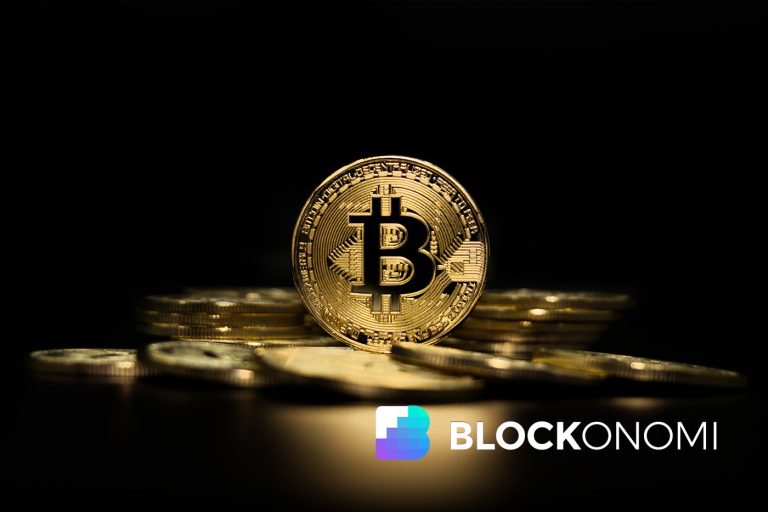
Bolivia has made a groundbreaking move to tackle soaring inflation and a severe shortage of US dollars by embracing cryptocurrencies and stablecoins. This strategic shift signals a bold modernization of the financial system under President Rodrigo Paz, with a focus on digital finance, investment revival, and economic stability.
Why Is Bolivia Turning to Cryptocurrencies?
This South American country’s economy has been under mounting pressure from inflation rates exceeding 22% over the past year. To protect their savings from currency devaluation, Bolivians are increasingly turning to stablecoins like USDT, which are pegged to the US dollar and known for maintaining a stable value.
Key Changes in Bolivia’s Financial Regulations
Economy Minister Jose Gabriel Espinoza recently announced a major policy breakthrough: Bolivian banks are now authorized to hold digital assets and offer crypto-based savings accounts, loans, and credit cards. This development effectively integrates stablecoins into the country’s formal financial system, granting them a utility akin to legal tender. This move mirrors a broader trend in Latin America, where cryptocurrencies offer an alternative to depreciating local currencies.
“Recognizing and integrating cryptocurrencies is more practical than enforcing outdated restrictions,” Espinoza stated, highlighting their borderless nature and growing ubiquity.
Financial Benefits of Cryptocurrencies in Bolivia
Stablecoins are already playing a critical role in reshaping the Bolivian economy. Businesses, including major players like Toyota and BYD, have started accepting stablecoins for transactions. This shift alleviates disruptions caused by the limited availability of physical US dollars, enabling smoother imports and operational continuity.
For residents, stablecoins offer a simple solution: anyone with a smartphone and a crypto wallet can hold dollar-linked tokens without dealing with the stringent restrictions that often come with traditional banking systems. This accessibility has been key to the rapid increase in crypto adoption across Bolivia since the government repealed its crypto ban last year.
Bolivia’s Plans for Economic Stabilization
The push for cryptocurrency adoption is part of a broader effort to stabilize Bolivia’s economy. Officials have announced plans to secure $9 billion in multilateral financing, with a significant portion of the funds earmarked for infrastructure projects, renewable energy, and inclusive financial initiatives. The government has also proposed eliminating the wealth tax and removing financial transaction taxes to attract private investment—an approach that marks a departure from the socialist economic policies of previous administrations.
Crypto for Everyday Use: Products to Consider
Whether you’re an avid crypto user or a curious beginner, having a secure cryptocurrency wallet is essential. Consider using the Ledger Nano X, a trusted hardware wallet that ensures your digital assets remain protected. This device supports popular cryptocurrencies like USDT and Bitcoin, making it an excellent companion in Bolivia’s evolving financial landscape.
The Future of Crypto in Bolivia
As Bolivia continues to integrate stablecoins and prioritize economic modernization, the country has positioned itself as a pioneer in Latin America. The policy changes not only address immediate challenges such as inflation and dollar shortages but also lay the foundation for a more resilient and innovative financial ecosystem. Whether through increased adoption of stablecoins or major tax reforms, Bolivia’s steps signal a promising, forward-looking approach to addressing economic crises.



